
Email marketing has changed quite a lot. It’s no longer just about adding more subscribers—it’s about improving important metrics like deliverability. Low deliverability often means your emails are going to spam, which can hurt your sales.
This is where email verification API helps. It cleans up your mailing list by removing inactive addresses, and improving overall deliverability. However, if your email metrics are repeatedly dipping, your domain might be blacklisted, which is harder to fix.
With ten years of experience in email marketing, I’ve seen this happen many times. In this guide, I’ll explain why email verification is important, how to deal with blacklisting, and share some of the best tools I’ve used over the years.
Why You Need an Email Verification API?
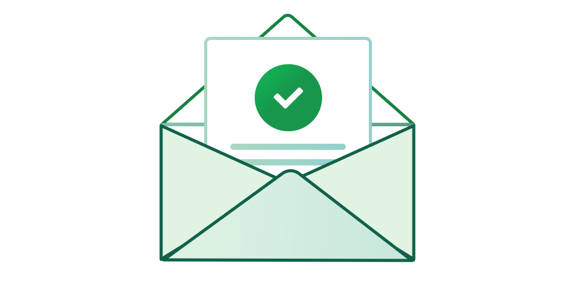
What this tool does is filter out invalid or inactive email addresses from your mailing list by verifying the validity of these domains. If not, you will keep targeting addresses that bounce your messages. This can bring down your sender reputation and deliverability rates. If a higher bounce rate persists, you can land in the blacklist.
By implementing an API in your business, you can improve your sender reputation and deliverability rates, along with ensuring that your bounce rates remain low and the domain is safe. When you have a positive sender reputation, it boosts your email deliverability by landing your mails in the inbox rather than the spam folder.
However, what if despite doing everything, your sender reputation is not improving? Your bounce rates and spam complaints keep growing. People are barely opening your emails. It sounds like you have been blacklisted.
Unfortunately, once blacklisted, you have no choice but to start afresh with a new domain. In this case, you can also pick a different route and take help of an email deliverability consultant. They can help you gauge the best measures to take forward in case of a blacklist.
In the next section, we’ll discuss how to know for sure if you are blacklisted and what to do next.
How to Know If You Are Blacklisted?
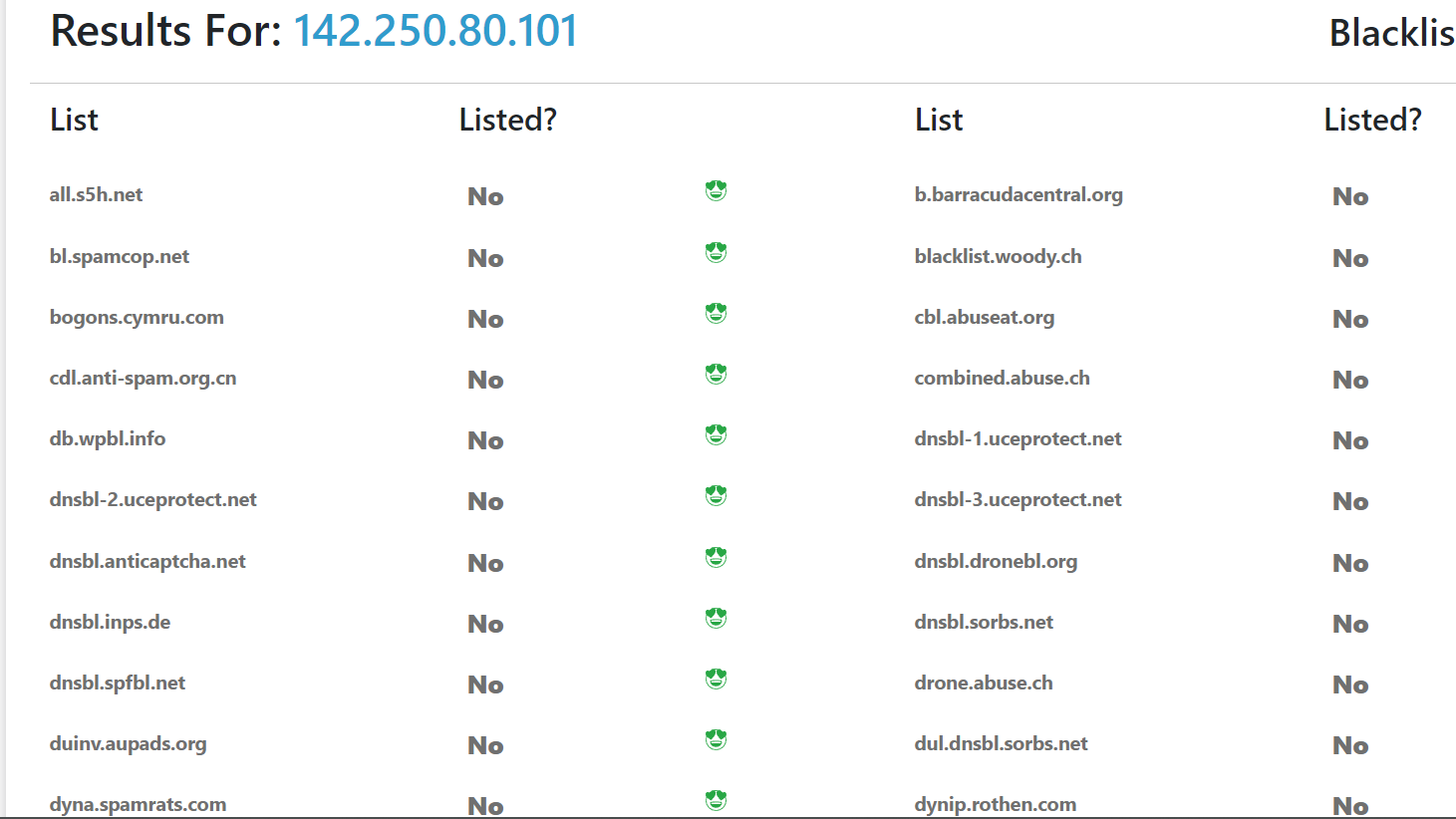
You can manually check if your domain has been blacklisted with tools like DNS Checker. If you are unable to delist yourself, you will have to start again. While this is a challenging feat, it is time to take this hurdle and turn it into a fresh start.
As part of this fresh start, you’ll also need to use email warmup to slowly rebuild your sender reputation and improve deliverability.
Authenticating Your New Domain
After getting a new domain, the first thing you must do is authenticate your address. If you don’t, you will face emails going to spam again. To authenticate your domain, you need to set up SPF, DKIM and DMARC records:
- An SPF (Sender Policy Framework) Record – verifies which IP addresses can share emails from your domain.
- A DKIM (DomainKeys Identified Mail) Record – identifies fake sender email addresses using a DKIM key.
- A DMARC ( Domain-based Message Authentication, Reporting, and Conformance) Record – works along with SPF and DKIM by planning what to do with forged domain users (nothing, quarantine their mails or reject them).
With email authentication, you also need to work on your sender reputation to improve deliverability rates. To do this, you need to warm up your mailbox by using an email warm up software.
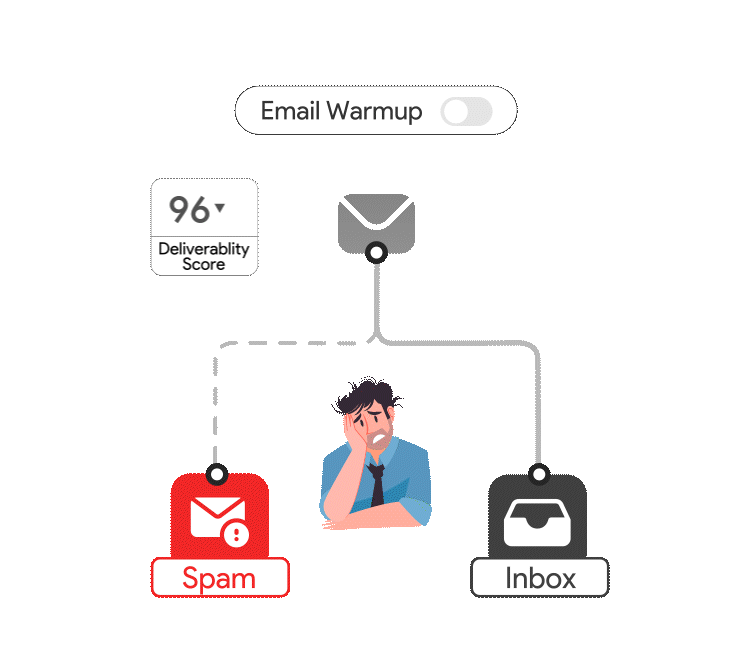
All you have to do is connect an email warmup tool with your mailbox and it will take care of the rest. It works by engaging your email activity with other mailboxes, generating positive interactions by opening your mails, replying to them and starring them.
This positive interaction then lets giant mail providers like Gmail or Outlook recognize you as safe.
Email Verification API Brings Sales

If your mailing list has active and clean domains, then you can rest assured that your marketing campaigns reach your customers. So whenever you send promos, offers or updates, it is likely that your customers will engage with it.
This fulfills the ultimate goal of email marketing—reaching out to your customers by improving deliverability.
Best Email Verification API Tools in 2025?
Emailing remains one of the most cost-efficient and reliable marketing channels even in 2025. A company averages $36 USD for every dollar spent.
Email marketing is thriving and you want to make sure that your mails reach the right place. This means you need the best email verification API tool out there.
Rest assured because I have compiled a list of the best email verification API tools after trying out different tools throughout my one experience of one decade.
1. Email Verification API
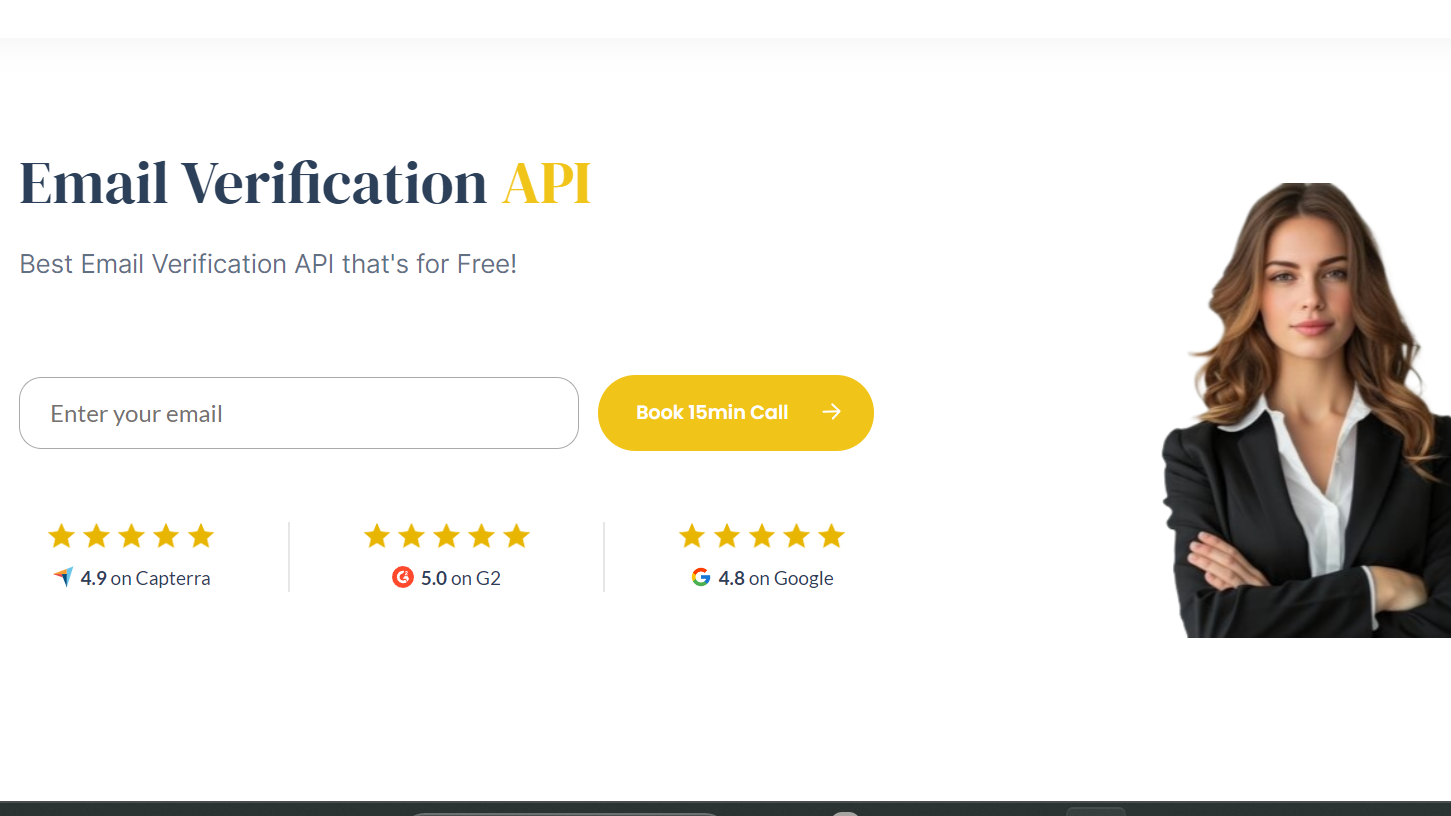
The email verification API is designed for those who want the best results at affordable rates. This tool provides you insights on some important metrics that are central to verifying domains:
- Domain Verification
- Domain Age
- Receivability
- SMTP Connection
- Filtering out invalid or temporary addresses
Email verification API works in three simple steps. They are as follows:
- Schedule Your Free Consultation
- Assess Your Email Reputation – A thorough analysis of your email reputation is performed
- Experience Improved Deliverability – Then, specialists will enhance and maintain your email deliverability score
2. NeverBounce
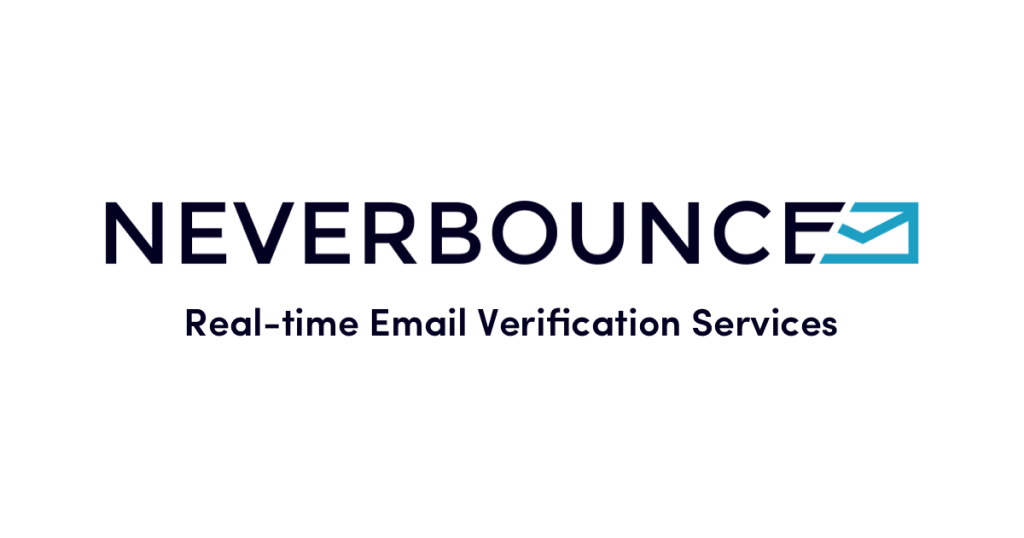
NeverBounce offers real-time verification and mail list cleaning services. The company claims that if using their services cause a 3% and beyond bounce rate, you can claim a refund.
Pros
- Clean mailing lists anytime
- Pre-verification – Saves time by checking if cleaning is needed.
- Real-time results for instant feedback.
- Flexible pay-as-you-go payment option.
Cons
- No PayPal payment option.
- Subscription plans can be relatively expensive.
- Refund guarantee is conditional based on bounce rate.
3. ZeroBounce

ZeroBounce is the next tool in the list. Its email verification API has a lot of interfaces that let users assess different verification metrics of their domain. These include identifying the most active subscribers, total list health and email scoring to promote conversions.
Pros
- Identifies most active subscribers and promotes conversions with email scoring.
- Offers smooth migration services from other API services.
- Suitable for users with large mailing lists.
Cons:
- Accuracy issues with a few false positives.
- May not be as reliable for highly precise verification needs.
Conclusion: Verify Your Mailing List for Success
Boost your email deliverability rates using email verification API and reach out to a wider set of domains.
Check for format issues, verify email addresses, assess MX records and detect disposable emails to filter your mailing list. Then, watch your email marketing tactics reach the right customers. And speak to an email deliverability consultant for free on a one-on-one call for more assistance.
With email warmup, let your sender reputation improve and gain the trust of your customers. After acquiring a decent amount, filter out inactive or invalid domains. And you have got yourself on the right path of effective email marketing strategy!
Frequently Asked Questions
1. What is email verification API?
Email verification API is a tool that checks and validates customer emails to filter out inactive, invalid and temporary or disposable addresses. This ensures that your mails reach to the right audience, improving overall email deliverability rates.
2. What is the best tool for email verification API?
The best email verification API tool to assess domain validity, age and other domain records is Email Verification API. It is affordable, accurate and quick. It does the task as quickly as possible.
3. What does email verification API do?
Email verification API checks the validity of email addresses to make sure your emails are sent to active addresses and real people that engage with your content.
Leave a Reply